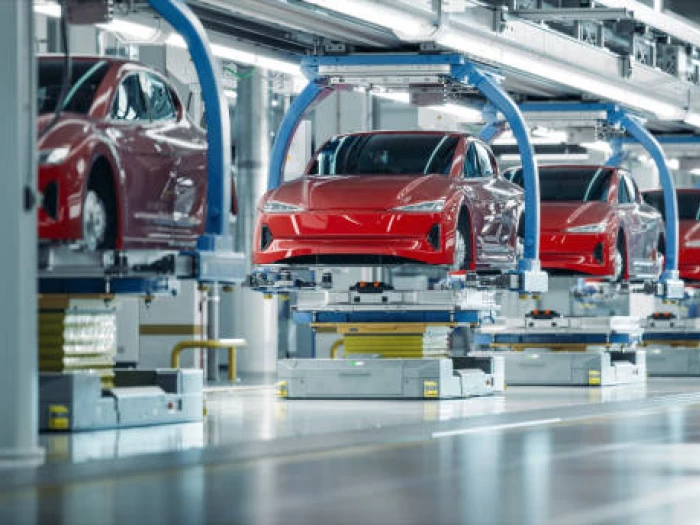Unveiling the Green Drive: EV Manufacturing vs. Traditional Powertrains
The automotive industry is in the midst of a transformative phase, pivoting towards electric vehicles (EVs) as a solution to combat emissions and drive sustainability. Yet, as the wheels of change turn, it's imperative to scrutinize the environmental implications of EV manufacturing versus the standard powertrains of industry giants like Borg Warner and Conti.
EV Manufacturing Emissions
EVs represent a beacon of hope for a greener future, yet their manufacturing process isn't without environmental consequences. The extraction of raw materials, including lithium for batteries, poses ecological challenges. However, strides are being made within EV manufacturing to reduce emissions. Companies are increasingly investing in sustainable materials, optimizing production processes, and embracing renewable energy sources to curb the carbon footprint.
Disposal of Daily Parts
One key differentiator between EVs and traditional powertrains lies in the disposal and recycling of components. EVs exhibit promise in terms of recyclability, with battery recycling programs on the rise. Conversely, the disposal of daily parts from conventional powertrains often involves more complex and less sustainable processes.
Comparative Analysis – Borg Warner, Conti Group, and EV Manufacturers
Enter Borg Warner and Vitesco Technologies, stalwarts in the automotive industry with their conventional powertrains. These companies boast intricate engineering and manufacturing processes. However, as the spotlight shifts to sustainability, the question arises: how do these powertrains fare against EV manufacturing?
While traditional powertrains have their established advantages, EV manufacturers are striving to balance performance with environmental responsibility. Innovations in EV technology are pushing boundaries, aiming to eclipse the ecological impact of traditional powertrains.
Environmental Outlook and Future Trends
The road ahead is promising but challenging. Widespread EV adoption promises a cleaner future, yet challenges persist. Infrastructure development, battery production sustainability, and minimizing manufacturing emissions remain pivotal.
The future landscape of the automotive industry may witness a convergence of these technologies. As Borg Warner, Conti Group, and EV manufacturers continue their journey, collaboration and shared learnings can usher in a new era of sustainable mobility.
Conclusion
The shift towards EVs marks a significant milestone in automotive history, emphasizing a commitment to sustainability. As we navigate the realm of manufacturing emissions and disposal practices, it's evident that EVs hold promise in reducing environmental impact.
The journey towards sustainable mobility is ongoing. It demands collaborative efforts, technological innovations, and a collective commitment to greener practices. The choice between EVs and traditional powertrains isn't merely about performance; it's about steering the automotive industry toward a cleaner, more sustainable future.
Quick Links
Contact Us
info@jordansheppard.com
00441625540077
Jordan Sheppard
8 Altrincham Road
Styal
Cheshire
SK9 4JE

